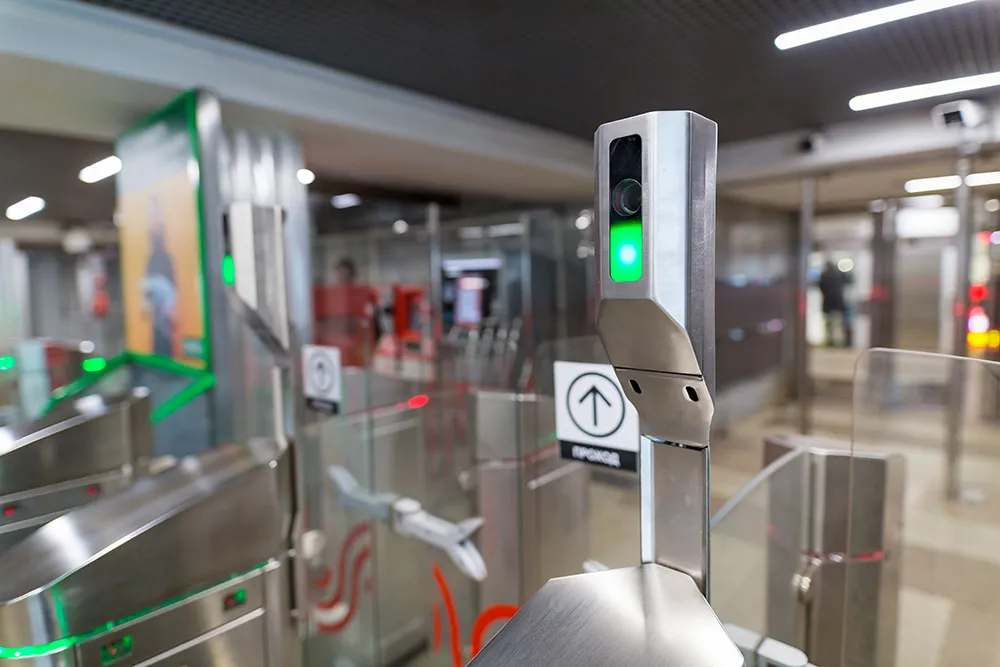A new maintenance assistance vehicle (MAV) developed by
Traditionally, signs are mounted and removed using a flat-bed truck, crane and access platform – a process that can take up to 40 minutes. However with the MAV’s hydraulically elevating body, this can be achieved in around 20 to 25 minutes by using a small jib crane which is mounted on the vehicle itself.
Once elevated to the correct height, the jib crane lifts the detached sign off the gantry and the operatives use a trolley to move it into the truck’s main body. This procedure is reversed when installing a new signs.
The hydraulically powered scissor lift enables the signs at heights of up to 8.5m to be serviced in wind speeds of up to 47mph, while its CCTV cameras enable the driver to correctly position the vehicle below the gantry before maintenance and monitor the operatives while they work.
Vehicle to improve safety and reduce disruption on motorways
A new maintenance assistance vehicle (MAV) developed by Highways England and Mott MacDonald to help replace overhead signs was inspired by an aircraft catering vehicle and is set to reduce the duration of roadworks.
September 16, 2016
Read time: 1 min









